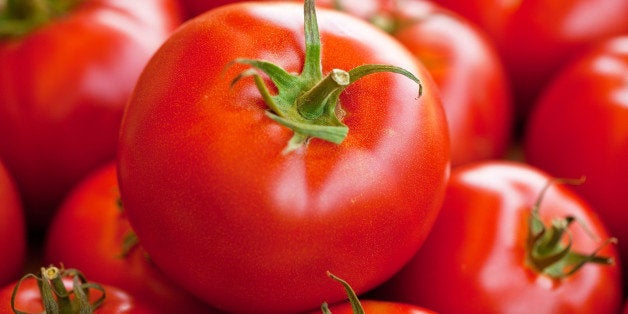
Could there be anything more perfect than a ripe tomato, freshly picked, still warm from the sun? Tomatoes are one of those special foods that make our hearts flutter. With the arrival of tomato season, we'll be eating tomatoes in just about everything, from salads and pastas to BLTs and yes, on their own, with a sprinkling of salt.
Like anything we're really passionate about, we want to learn everything there is to know about tomatoes. Most people probably know that tomatoes are actually a fruit, but that's just the beginning of the long list of interesting facts we've found out.
Advertisement
Here are 11 things you probably don't know about tomatoes.
1
People used to believe tomatoes were poisonous.
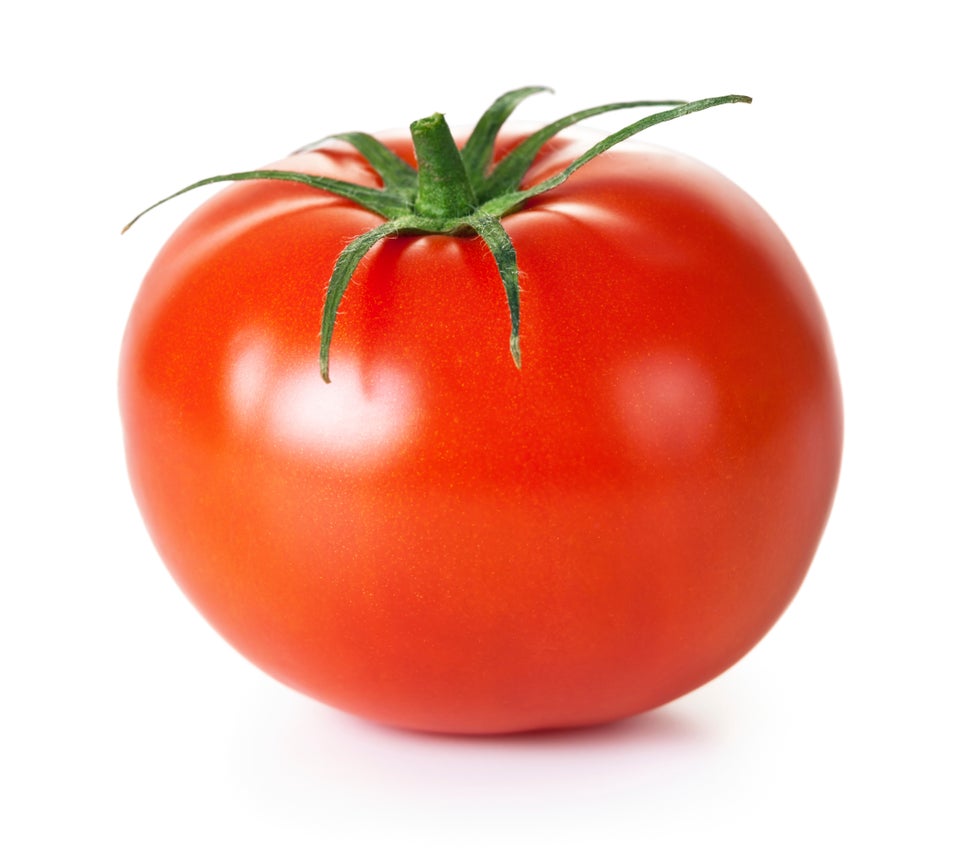
Bozena_Fulawka via Getty Images
According to Smithsonian Magazine, in the 1700s, some Europeans feared the tomato because aristocrats were getting sick after eating them, and in some cases even dying. The tomato even earned the nickname the "poisonous apple." The problem wasn't the tomatoes, however, but the pewter plates on which the tomatoes were served. Tomatoes are high in acid, which makes them potentially hazardous when they come in contact with heavy metals and pewter. As the FDA explains, highly acidic foods may leach when touching certain metals, like pewter. Thus tomatoes served on pewter plates in the 1700s occasionally caused people to fall ill or die from lead poisoning, and people falsely attributed this to tomatoes. Luckily people eventually came to their senses and figured out the lead was to blame -- not the tomatoes.
2
China is the world's largest producer of tomatoes.
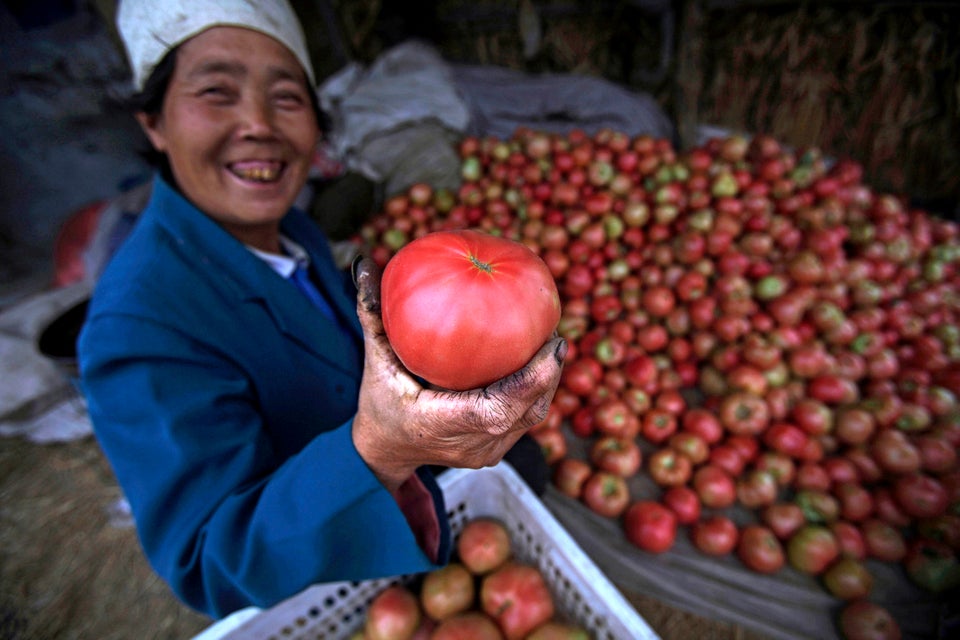
ASSOCIATED PRESS
The U.S. is second. Given that tomatoes do not factor heavily into Chinese cuisine, we find this confusing too. China exports much of its crop and also processes a lot of it into products like tomato paste.
3
In the U.S., California grows the most tomatoes.

Sam Edwards via Getty Images
California is responsible for 96 percent of the processing tomato output and one-third of the fresh crop. Florida comes next, with Florida and California making up two-thirds to three-fourths of all commercially produced fresh-market tomatoes in the country.
Advertisement
4
Americans eat about 23 pounds of tomatoes each year.
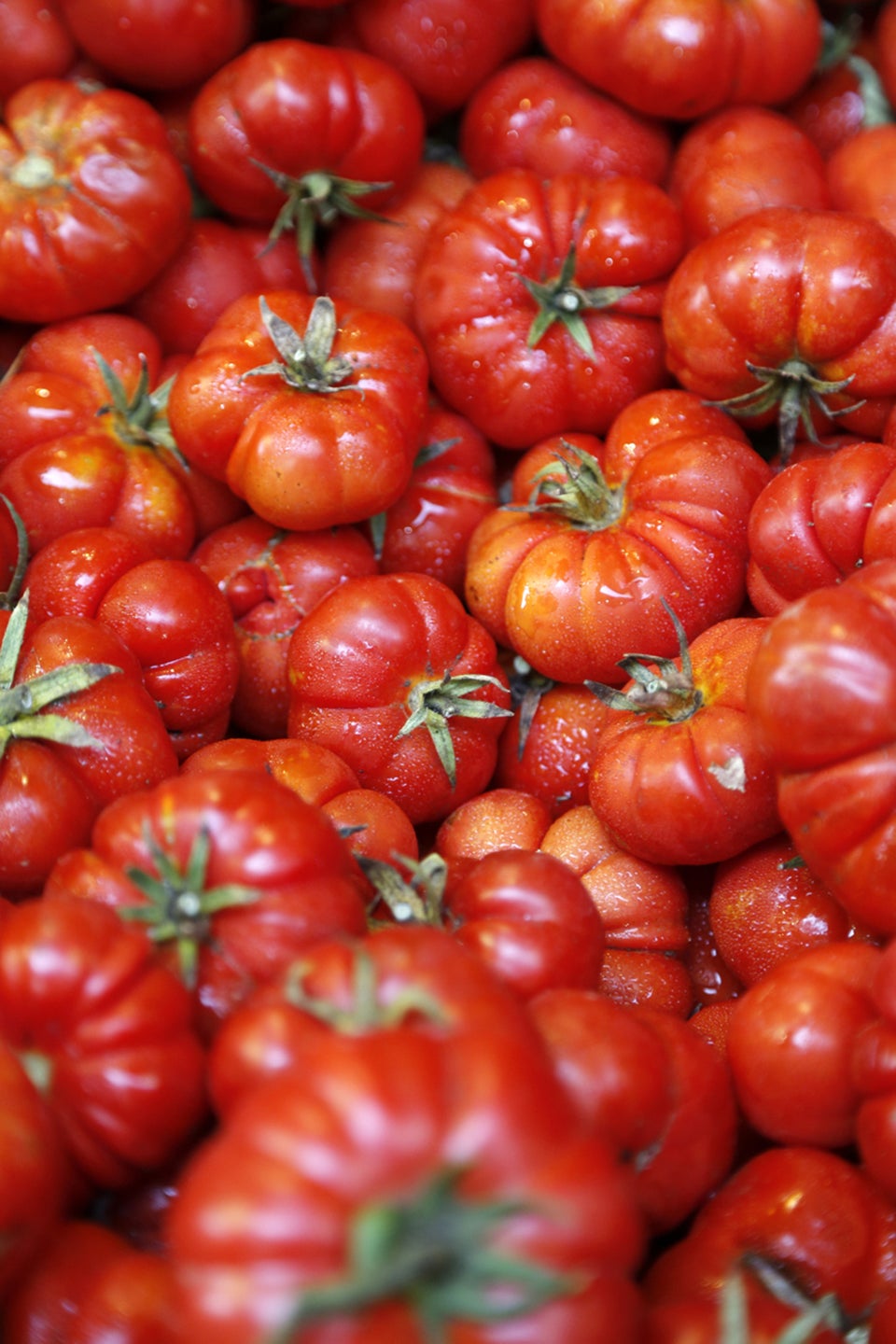
Jeremy Woodhouse/Holly Wilmeth via Getty Images
About half of that consumption comes in the form of tomato sauce and ketchup. Yeah, that's a lot of ketchup.
5
You can call it "wolf peach."
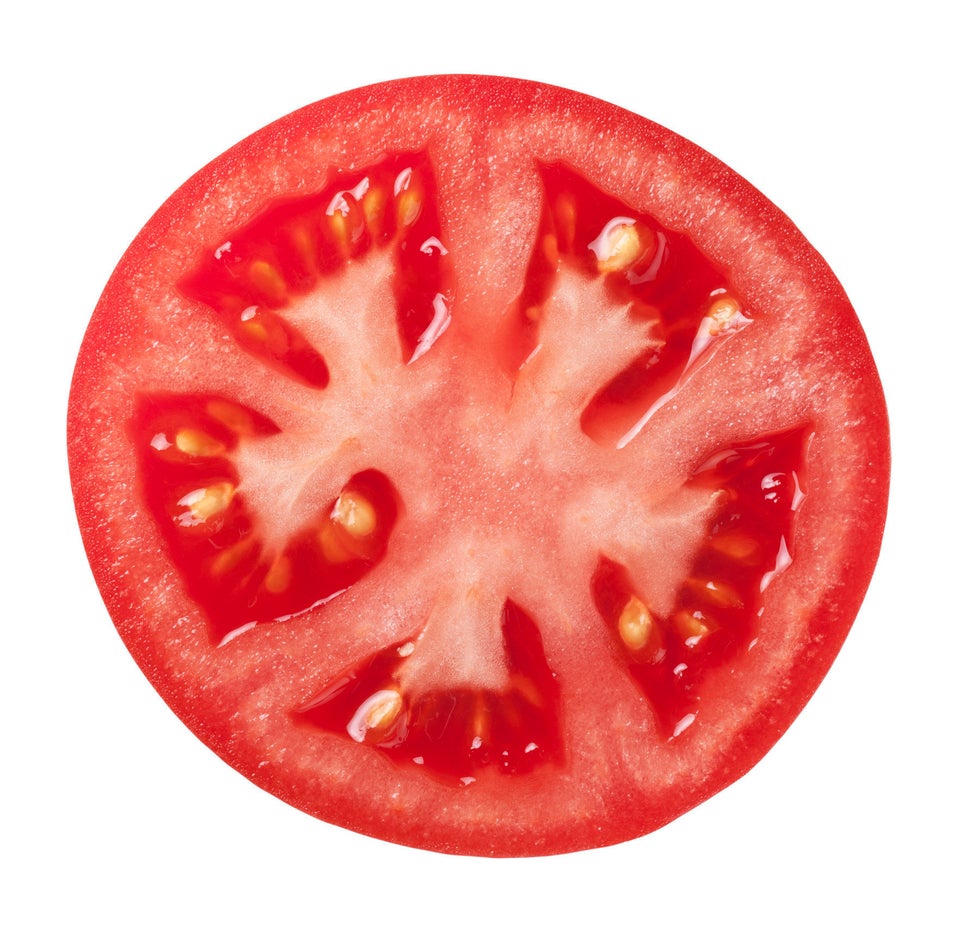
Bozena_Fulawka via Getty Images
The scientific name for tomatoes is Lycopersicon lycopersicum, which means wolf peach!
6
Tomatoes do not belong in the refrigerator.
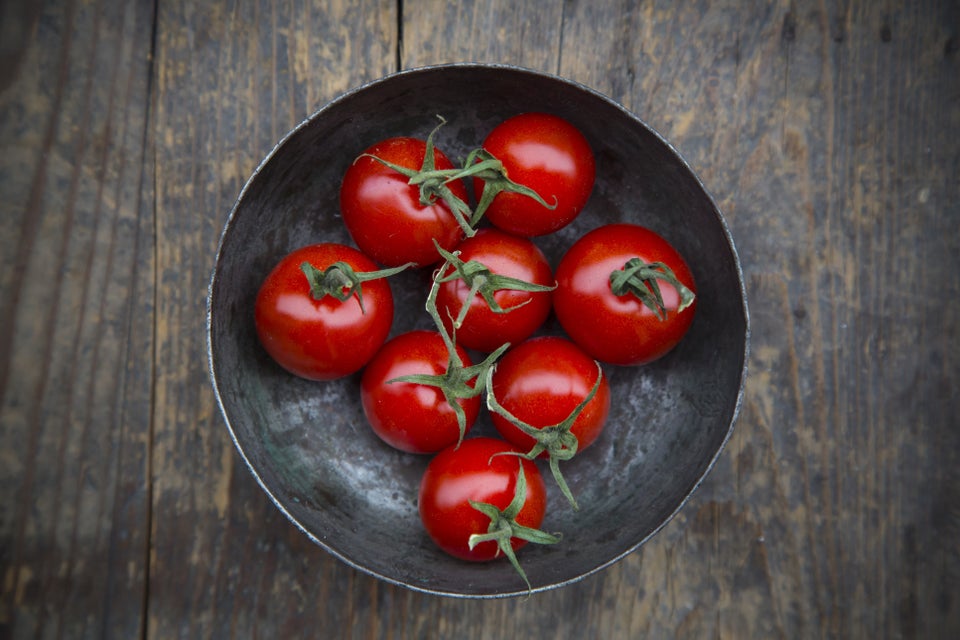
Westend61 via Getty Images
The cold air in the fridge stops the tomato from ripening, and ripening is what gives tomatoes more flavor. The cold temperature will also alter the texture of the tomato, breaking down the membranes inside the fruit walls and turning it mealy. Word to the wise: keep your tomatoes out on the counter if you want them to taste good and retain their wonderful texture.
Advertisement
7
You can use tomatoes for skin care.
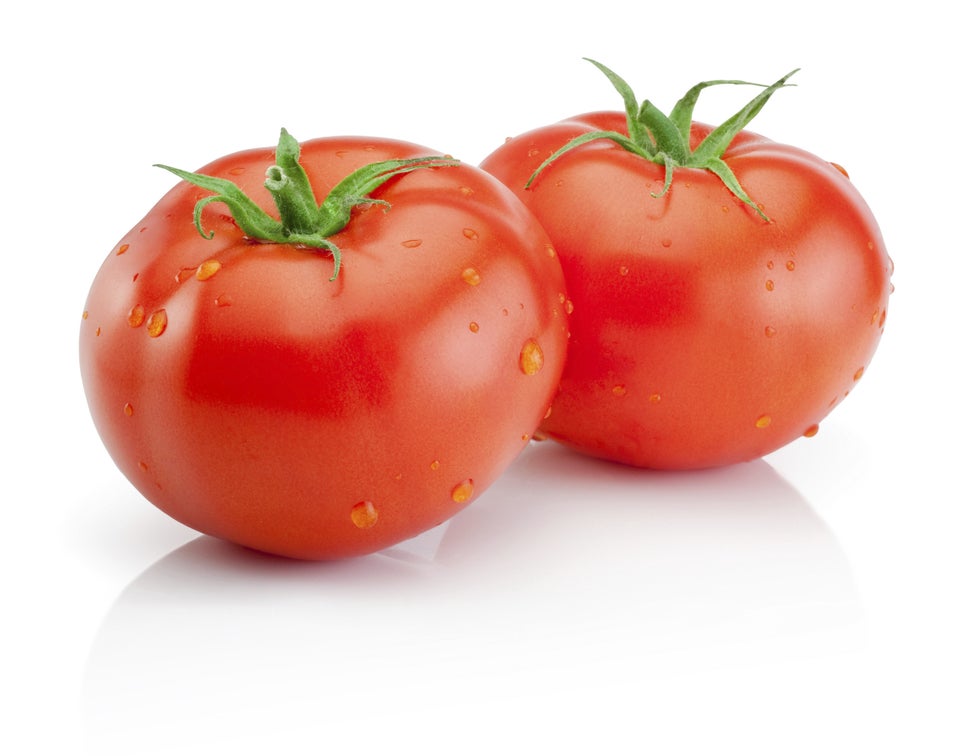
Hyrma via Getty Images
Thanks to the acid in tomatoes, you can use tomato pulp to clear up blemishes, apparently! Applying some tomato pulp to your face can also help diminish oily skin. (Too bad we just want to eat all the tomatoes and not use them for beauty treatments.)
8
Tomatoes originated in the Andes.
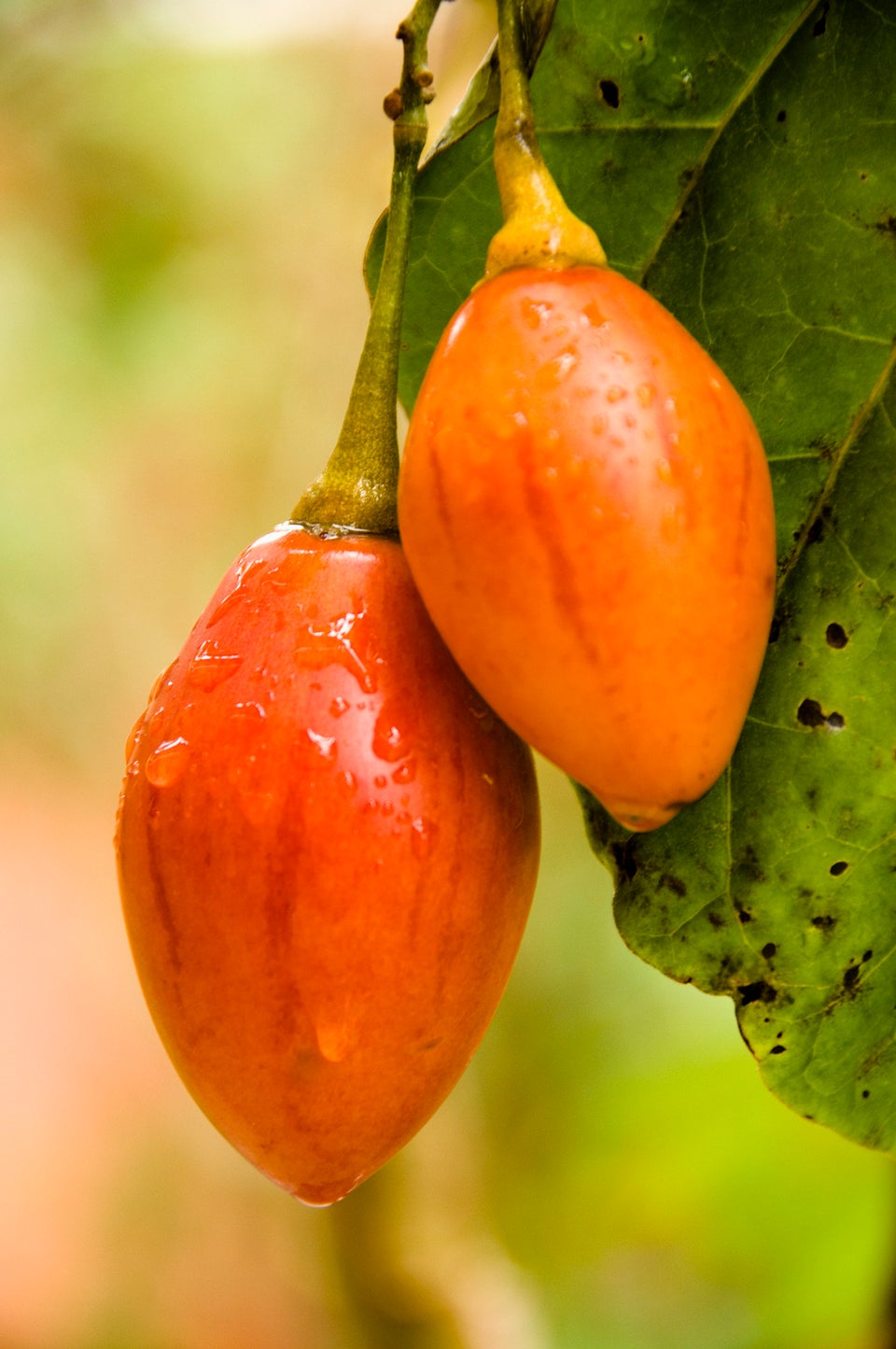
Maya Choi via Getty Images
No, tomatoes are not from Italy. They were first cultivated by the Aztecs and Incas, dating back as early as 700 AD.
9
And the first variety wasn't red.

WxMom/Flickr
The first tomatoes were small and yellow, which likely explains the Italian word given to them when they were brought to Europe: pomi d'oro, which translates to yellow apples.
Advertisement
10
There are about 10,000 varieties of tomatoes across the globe.
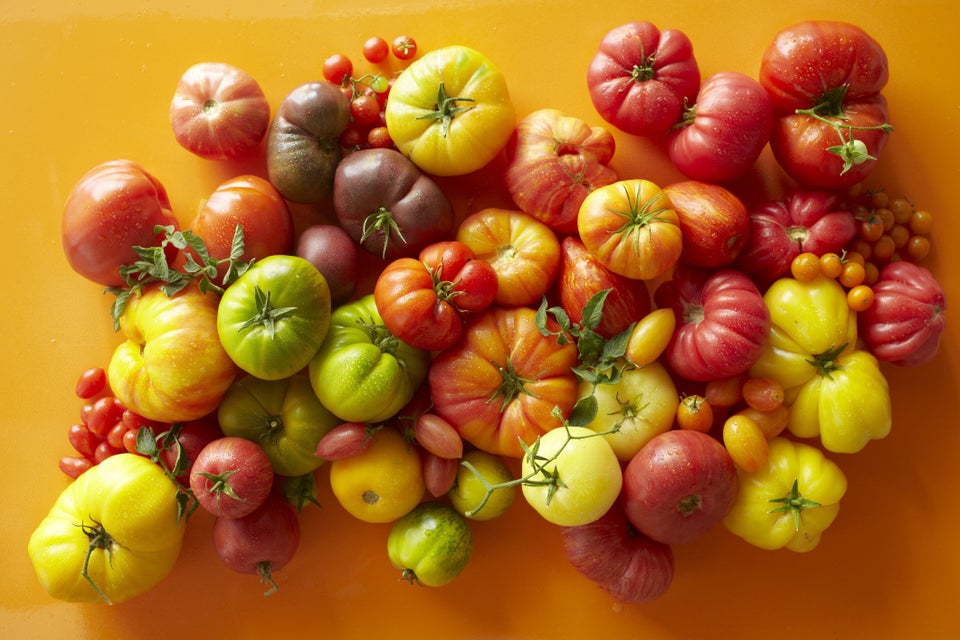
Annabelle Breakey via Getty Images
That's a lot of different kinds of tomatoes. So you better start eating now. Some of the more fun names include Baby Cakes, Banana Legs, Cream Sausage, Gremlin, Jolly Elf and Mr. Ugly.
11
Tomatoes are really a fruit, but... they can also be called a vegetable.
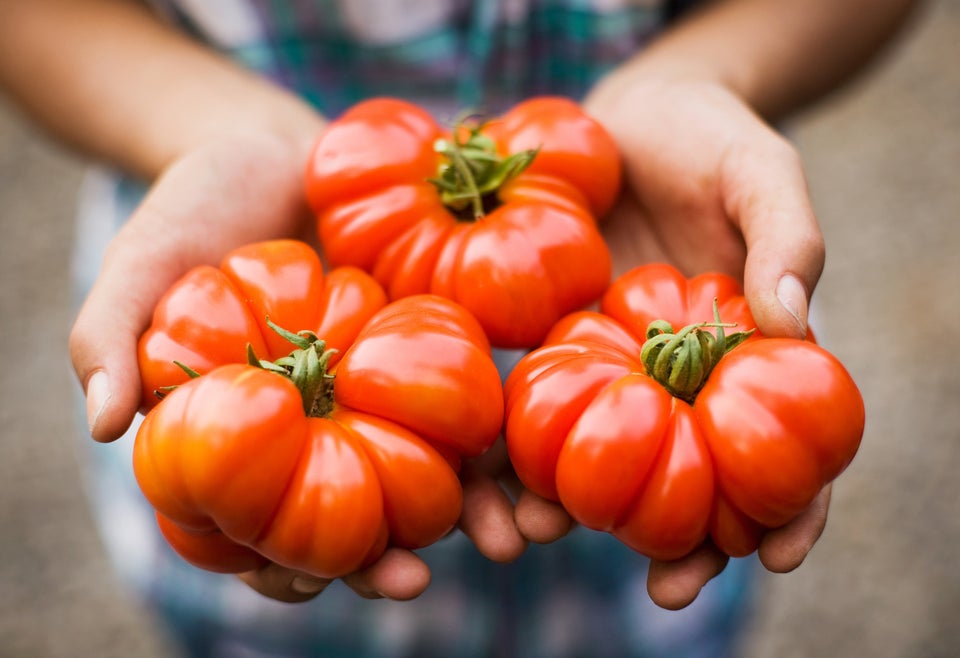
Ron Levine via Getty Images
Wait a minute. Didn't we just clear this matter up: tomatoes are fruits, right? Yes, botanically speaking, tomatoes are fruits. But in 1893, the Supreme Court ruled that tomatoes could also be called vegetables. In "the common language of the people," a tomato is a vegetable, which at the time of the case, meant that the Tariff Act, which taxed important vegetables, could legally apply to tomatoes. The government abandoned the Tariff of 1833, but the legal opinion still stands. You say tomato, I say tomato.